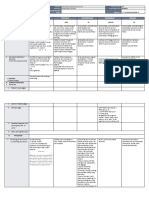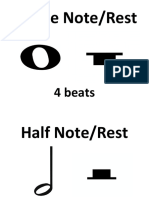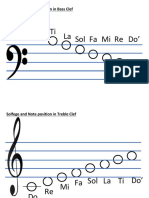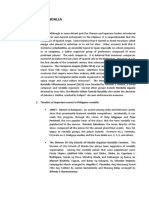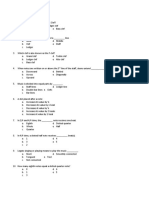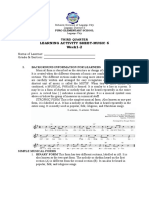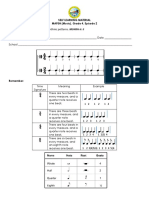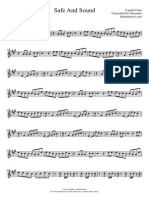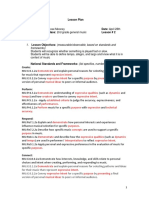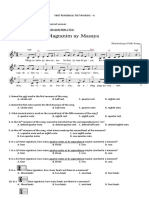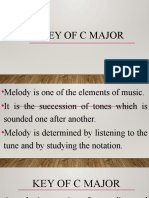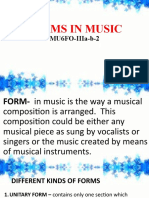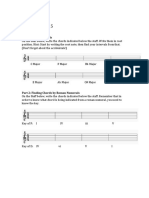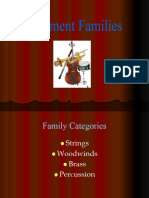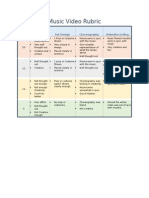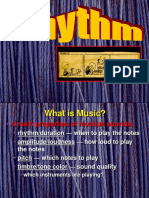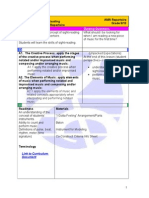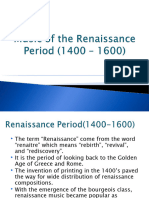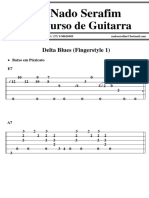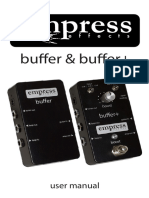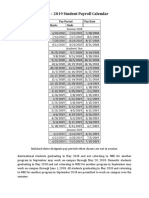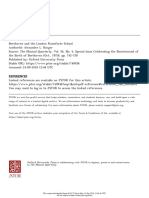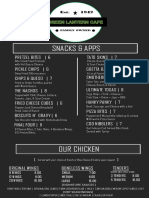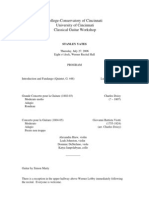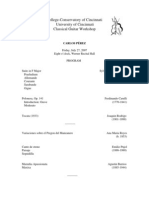50% found this document useful (2 votes)
1K views2 pagesConducting Patterns
The document provides guidance for conductors on leading an ensemble effectively. It recommends that the conductor lead the group and be prepared by knowing all parts of the music score. Conductors should use clear patterns with their right hand to indicate beat, cues, dynamics, articulations and expressive qualities. The downbeat on beat one is the most important to communicate clearly. Cut-offs should be indicated with a downward motion. Conductors should make eye contact and ensure their patterns, cues and expressions are obvious to the ensemble.
Uploaded by
Jamie MonckCopyright
© © All Rights Reserved
We take content rights seriously. If you suspect this is your content, claim it here.
Available Formats
Download as DOC, PDF, TXT or read online on Scribd
50% found this document useful (2 votes)
1K views2 pagesConducting Patterns
The document provides guidance for conductors on leading an ensemble effectively. It recommends that the conductor lead the group and be prepared by knowing all parts of the music score. Conductors should use clear patterns with their right hand to indicate beat, cues, dynamics, articulations and expressive qualities. The downbeat on beat one is the most important to communicate clearly. Cut-offs should be indicated with a downward motion. Conductors should make eye contact and ensure their patterns, cues and expressions are obvious to the ensemble.
Uploaded by
Jamie MonckCopyright
© © All Rights Reserved
We take content rights seriously. If you suspect this is your content, claim it here.
Available Formats
Download as DOC, PDF, TXT or read online on Scribd
/ 2


